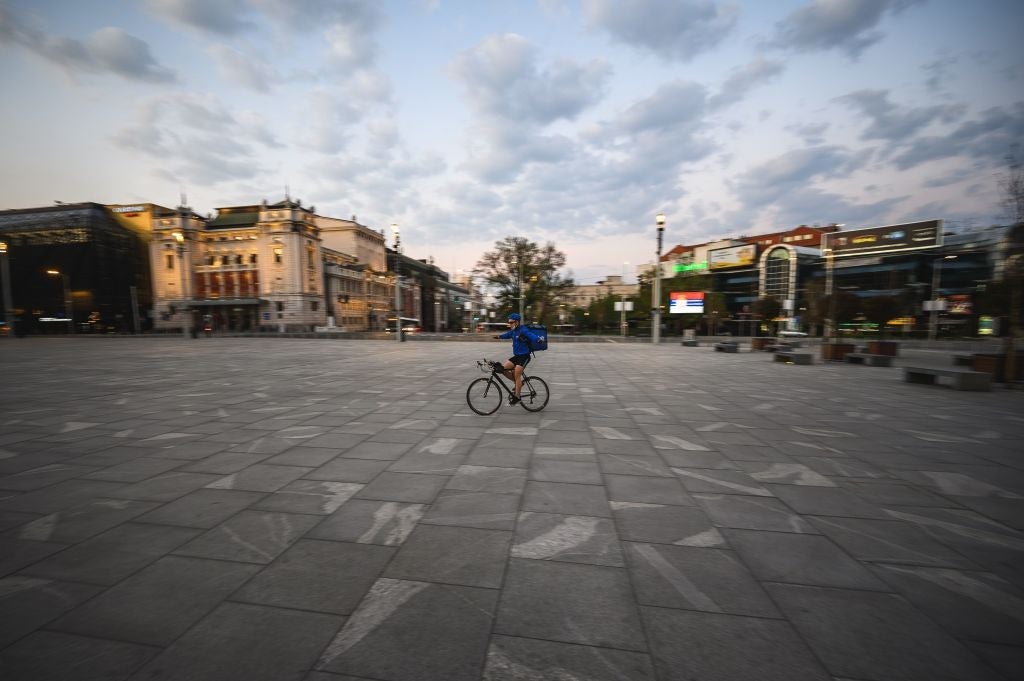

Serbia is expecting a 6% growth in its GDP in 2021, according to head of the National Bank of Serbia (NBS) Jorgovanka Tabaković. This comes despite a sharp drop in GDP growth in 2020 as a result of the Covid-19 crisis. Data from the NBS shows that the country’s real GDP shrank by 6.4% in the second quarter compared with the same period in 2019.
The data also reveals that the country’s FDI liabilities over the first quarter of 2020 amounted to €826m, with the most dominant sectors being manufacturing, followed by transportation and storage, then financial and insurance activities.

Access deeper industry intelligence
Experience unmatched clarity with a single platform that combines unique data, AI, and human expertise.
Indeed, manufacturing, trade, real estate, logistics and financial mediation are among the most popular sectors in Serbia for foreign investors, according to a guide for investing in the country published by Deloitte in 2020.
Serbia’s positive FDI trajectory
FDI inflows into Serbia have followed a positive trend in recent years. Data from the UN Conference on Trade and Development (UNCTAD) shows that the country attracted $4.28bn in FDI inflows in 2019, up from $4.12bn in 2018 and $2.87bn in 2017.
By recording a 4% growth in FDI inflows in 2019, Serbia is the second-largest recipient of FDI among the world’s ‘transition economies‘, with Russia ranked first.
On top of that, Serbia’s FDI stock has also been growing, amounting to $43.96bn in 2019, $40.29bn in 2018 and $37.78bn in 2017.

US Tariffs are shifting - will you react or anticipate?
Don’t let policy changes catch you off guard. Stay proactive with real-time data and expert analysis.
By GlobalDataAlthough Serbia has enjoyed some impressive figures when it comes to FDI inflows in recent years, the number of greenfield investments declined in 2019. UNCTAD data shows there were 114 projects in 2019, compared with 157 in 2019. The 2019 figure was marginally higher than the 2017 figure of 112, however.
The same trend applies to the value of greenfield investments, with 2018 hitting a peak of $6.69bn, up from $3.84bn the year before; however, the figure dropped to $4.17bn in 2019.






